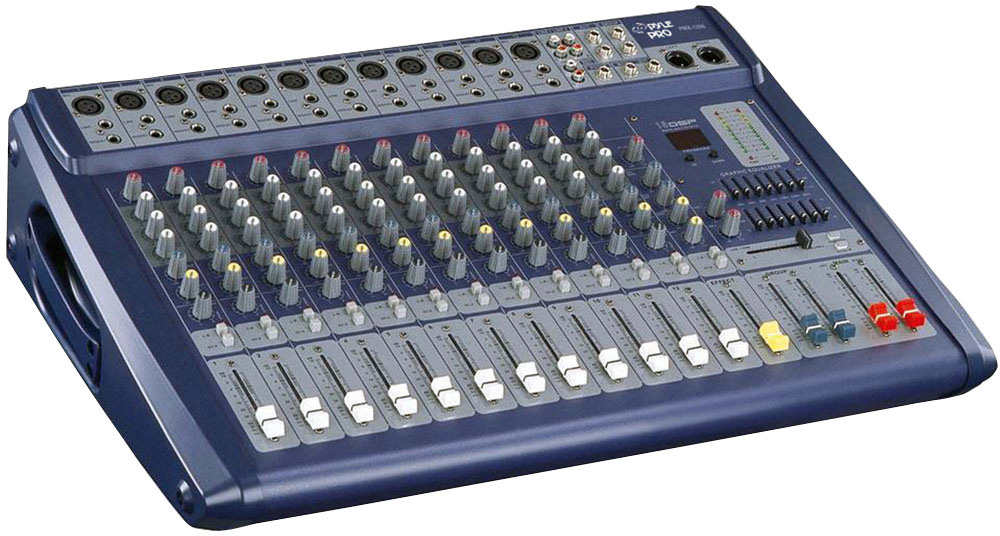

No A/B speaker switching is available and you would have to physically disconnect one pair in order to “switch” them out. Two sets of stereo speakers are permitted as long as the combined impedance doesn’t drop considerably below 4 ohms.

Just be sure to get the correct Speakon wire. But who knows…you may very well have different ideas on this. Personally, I use 12 gauge Calibre Xtreme OFC speaker interconnects and have no need of these ¼” Speakon terminals. The first two sets are typical 5-way heavy duty red/black banana binding posts while the remaining set is the “Speakon” type if you prefer that type of interconnect for a dee jay setup but beware as there are two and four conductor “Speakon” patches out there and I am not sure which of the two is compatible as one user complained about this situation. To the right of the cooling fan are three sets of speaker terminals. You will yield better signal processing with this arrangement as opposed to the AudioSources that benefit from the “Direct” approach. Above it are two XLR, RCA and ¼ “ input jacks for mic or line use although I suggest you use a preamplifier control center for this power amp rendering best results. The rear panel of the Blue Rock amps sports a two-speed cooling fan that is absolutely necessary for an amp of this design and power capability. The two units were purchased from separate Ebay vendors.

The first unit cost me $189 w/s+h while the second more recent purchase was for $230 total. I was so impressed with the price/performance of this Blue Rock stereo amplifier that I was compelled to purchase another more recently as a reference amplifier for my personal use in my tweaked listening room. I chose the PDG-2000 entry level model for my purposes and purchased the first of two back in the Fall of 2010 for the local Football team’s small stadium. Only the power supplies differ from one model to the next increasing in size and weight as you move up the line. The chassis is the same for all three models and stands 14.7” high by 19” wide by 7” deep weighing in at 44 lbs., 50 lbs., and 55 lbs. The rather bohemoth - looking amp sports two large attractive chromed handles and is rack mountable via the pre-drilled slots on each side of the black brushed aluminum faceplate. At stadium or club party levels they will definitely put on a light show…all very cool looking…especially when the room’s lights are turned low…ahhh….sexy and romantic too! Under normal in home listening conditions both power meters and LEDs barely flicker if at all. Next to the large chrome-like left and right channel level controls are two LED meters for further relative display of input level with the top most red LEDs lit only when signal clipping occurs. Although subject to much skepticism by most …Yippee!! Alas my aging eyes need not suffer. developed various lines of electronics including car radios, amplifiers, tuners preamps and dee jay mixers along with public address components. Although they…as did other American manufacturers ceased building their products in the good ole U.S.A….the co. Over time Pyle branched out into electronics. Also…At that price…and at that time…nothing else could touch it and my first real home grown car system consisted of a pair of these black duo-coned blue foamed beauties mounted in the rather large rear deck of a 1966 Dodge Coronet.
Pyle pro amp reviews driver#
Still…the bass that an eight inch Pyle driver was capable of reproducing was phenomenal for ten bucks each back in those days.
Pyle pro amp reviews drivers#
These high performing low cost transducers were known as Pyle drivers and definitely not to be confused with the wrestling move. In the early days they supplied some very reasonably priced raw loudspeakers to Lafayette Electronics. Pyle is a Brooklyn based company that has been in the audio business for well over four decades.


 0 kommentar(er)
0 kommentar(er)
